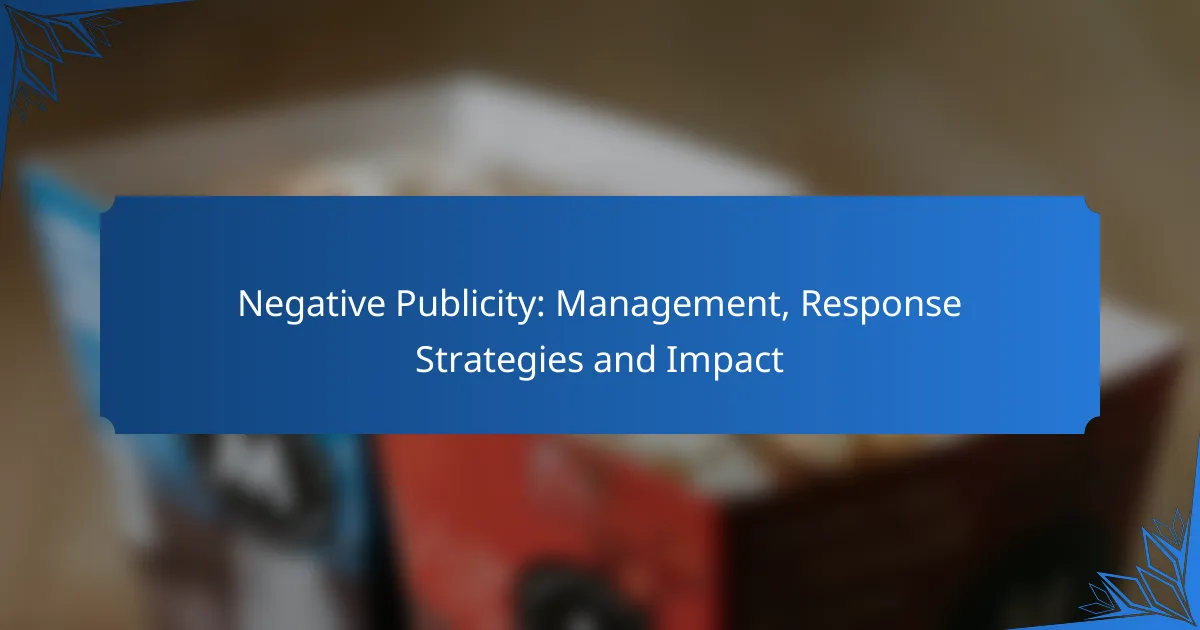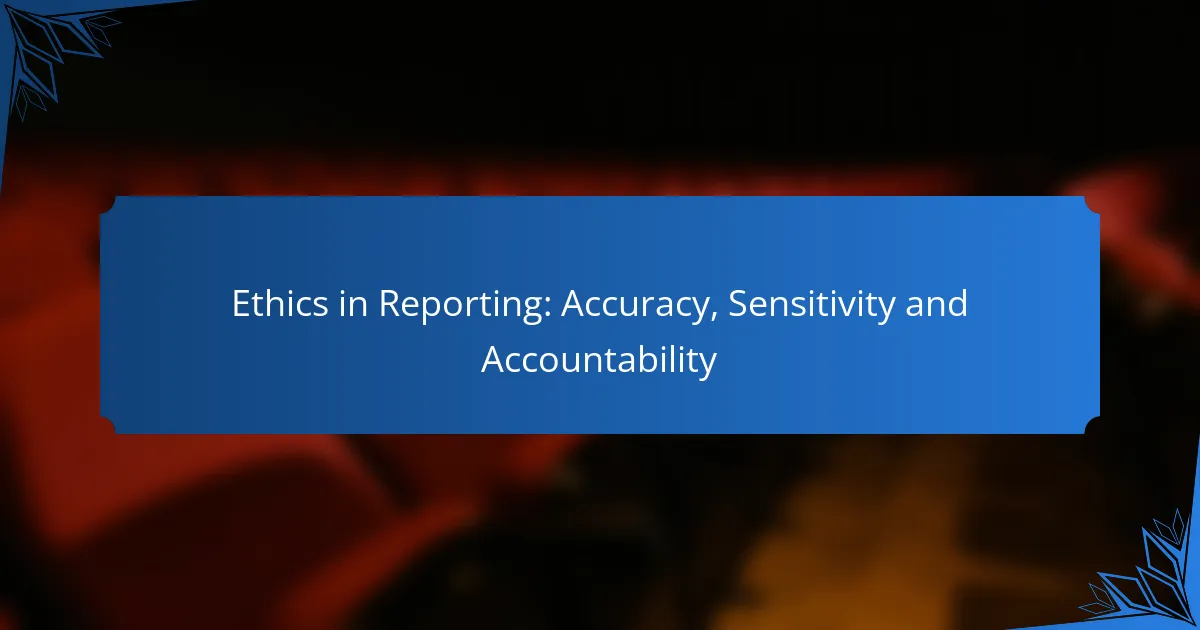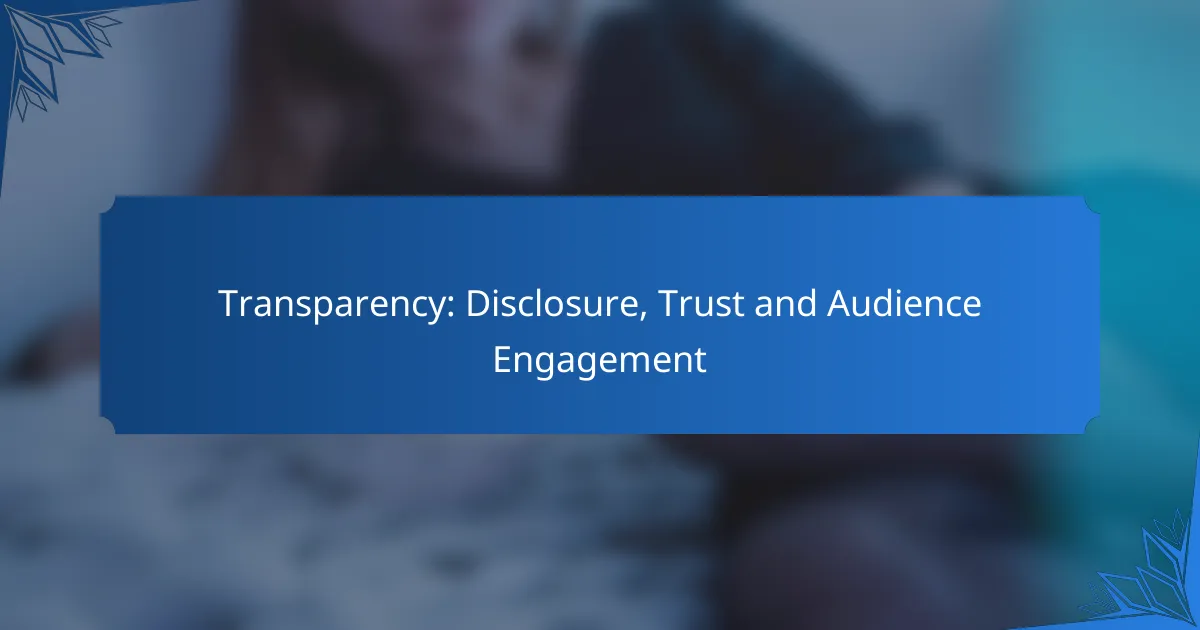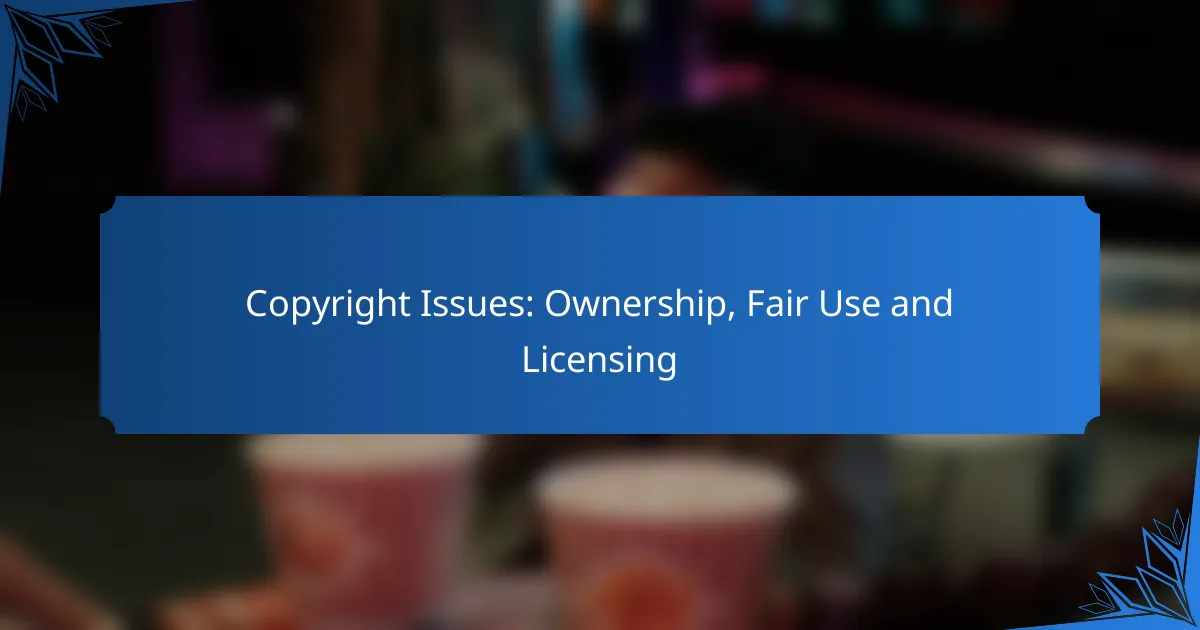Negative publicity poses a significant threat to organizations, impacting their reputation, operations, and financial stability. To effectively manage such challenges, a strategic approach that emphasizes proactive communication and stakeholder engagement is essential. By addressing issues transparently and taking responsibility, businesses can mitigate damage and work towards rebuilding trust with their audience.

How to manage negative publicity effectively?
Managing negative publicity involves a strategic approach that includes proactive communication, stakeholder engagement, and effective monitoring. By addressing issues head-on and maintaining transparency, organizations can mitigate the impact of negative press and restore their reputation.
Proactive communication strategies
Proactive communication strategies are essential for preventing negative publicity from escalating. This includes crafting clear, consistent messages that address potential issues before they arise. Regular updates through press releases or newsletters can keep stakeholders informed and reduce speculation.
Establishing a crisis communication plan in advance allows organizations to respond quickly and effectively when negative situations occur. This plan should outline key messages, designated spokespeople, and communication channels to be used.
Engaging with stakeholders
Engaging with stakeholders is crucial during a negative publicity crisis. This includes customers, employees, investors, and the media. Open lines of communication help build trust and demonstrate that the organization values their input and concerns.
Regularly soliciting feedback and addressing stakeholder concerns can prevent misunderstandings and foster a sense of community. Consider hosting town hall meetings or Q&A sessions to facilitate direct dialogue.
Monitoring public sentiment
Monitoring public sentiment allows organizations to gauge the effectiveness of their communication efforts and adjust strategies accordingly. Utilizing tools like social media analytics and sentiment analysis can provide real-time insights into how the public perceives the organization.
Regularly reviewing online mentions and media coverage can help identify emerging issues before they escalate. This proactive approach enables timely responses and adjustments to communication strategies.
Utilizing social media platforms
Social media platforms are powerful tools for managing negative publicity. They allow organizations to communicate directly with their audience and respond to concerns in real-time. Quick, transparent responses can help mitigate damage and show that the organization is taking the situation seriously.
Creating a dedicated social media team to monitor and respond to comments can enhance engagement. Additionally, sharing positive stories and updates can help shift the narrative and rebuild trust with the audience.
Implementing crisis management plans
Implementing a crisis management plan is vital for effectively navigating negative publicity. This plan should include predefined roles, communication protocols, and strategies for addressing specific scenarios. Regular training and simulations can prepare the team for real-life situations.
After a crisis, conducting a thorough review of the response can provide valuable lessons for future incidents. Adjusting the crisis management plan based on this feedback ensures continuous improvement and readiness for potential challenges ahead.
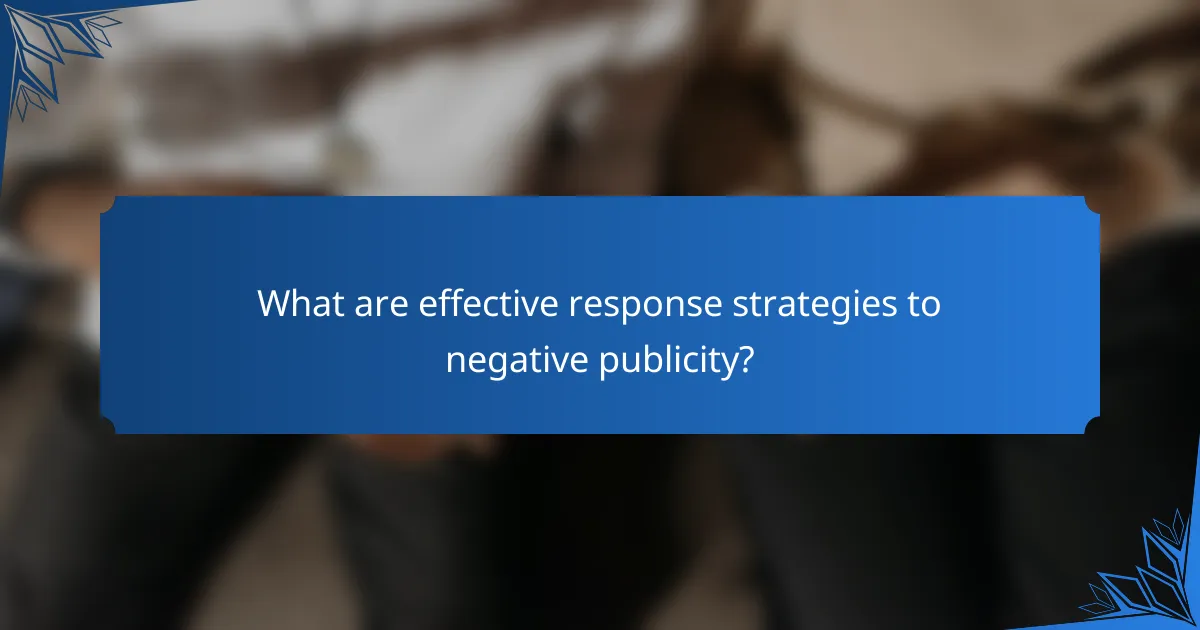
What are effective response strategies to negative publicity?
Effective response strategies to negative publicity include timely and transparent communication, taking responsibility through apologies, and offering solutions to address the issues raised. These approaches help mitigate damage and rebuild trust with stakeholders.
Timely and transparent responses
Responding promptly to negative publicity is crucial. Delays can exacerbate the situation, allowing misinformation to spread and public sentiment to sour further. Aim to acknowledge the issue within hours or a day, depending on the severity.
Transparency is equally important. Clearly communicate what happened, what is being done to address it, and keep stakeholders updated on progress. This openness fosters trust and shows that the organization values its audience.
Apologizing and taking responsibility
When negative publicity arises, a sincere apology can go a long way. Acknowledge the mistake or oversight without deflecting blame. This shows accountability and can soften public backlash.
Taking responsibility means not only apologizing but also outlining steps being taken to rectify the situation. For instance, if a product fails, explain how the company plans to improve quality control to prevent future issues.
Offering solutions and remedies
Offering practical solutions is essential in responding to negative publicity. This could involve providing refunds, replacements, or additional services to affected customers. Such actions demonstrate commitment to customer satisfaction.
Consider implementing long-term changes based on feedback. For example, if customers express concerns about service quality, invest in training staff or enhancing service protocols. This proactive approach can help restore confidence and loyalty.

What is the impact of negative publicity on businesses?
Negative publicity can significantly harm a business’s operations, reputation, and financial stability. It often leads to a decline in customer trust and can create long-lasting effects that require strategic management to mitigate.
Brand reputation damage
Negative publicity can severely damage a brand’s reputation, often leading to a loss of customer loyalty. When a business faces public scrutiny, it may take years to rebuild its image, as consumers often remember negative incidents more vividly than positive ones.
To manage brand reputation, companies should actively monitor public perception and engage in transparent communication. Implementing a crisis management plan can help address issues swiftly and effectively, minimizing long-term damage.
Financial implications
The financial impact of negative publicity can be substantial, potentially resulting in decreased sales and revenue. Businesses may experience a drop in stock prices, increased marketing costs to repair their image, and even legal expenses if the negative publicity leads to lawsuits.
To mitigate financial risks, companies should prepare a budget for crisis management and consider investing in public relations strategies that can help counteract negative perceptions. Regular financial assessments can also help identify potential losses early.
Customer trust erosion
Negative publicity can lead to a significant erosion of customer trust, which is crucial for long-term business success. Customers may choose to take their business elsewhere, especially if they feel that the company does not align with their values or fails to address concerns adequately.
To rebuild trust, businesses should focus on transparency and accountability. Engaging with customers through open dialogues, addressing their concerns, and demonstrating commitment to improvement can help restore confidence over time.

How can companies prepare for potential negative publicity?
Companies can prepare for potential negative publicity by establishing proactive strategies that include a well-defined crisis communication plan and thorough training for employees. These measures help organizations respond swiftly and effectively, minimizing damage to their reputation.
Developing a crisis communication plan
A crisis communication plan outlines how a company will communicate during a negative event. It should include key messages, designated spokespersons, and communication channels to be used. Regular updates and reviews of the plan ensure it remains relevant and effective.
Consider creating a checklist that includes identifying potential risks, drafting template responses, and establishing a timeline for communication. This preparation allows for a quicker response when negative publicity arises, helping to control the narrative.
Training employees on response protocols
Training employees on response protocols is crucial for maintaining a unified front during a crisis. Employees should understand their roles and the importance of adhering to the communication plan. Regular training sessions can help reinforce these protocols and ensure everyone is prepared.
Simulated crisis scenarios can be an effective training tool, allowing employees to practice their responses in a controlled environment. This practice helps identify weaknesses in the plan and builds confidence among staff, ensuring they can respond appropriately when real situations occur.
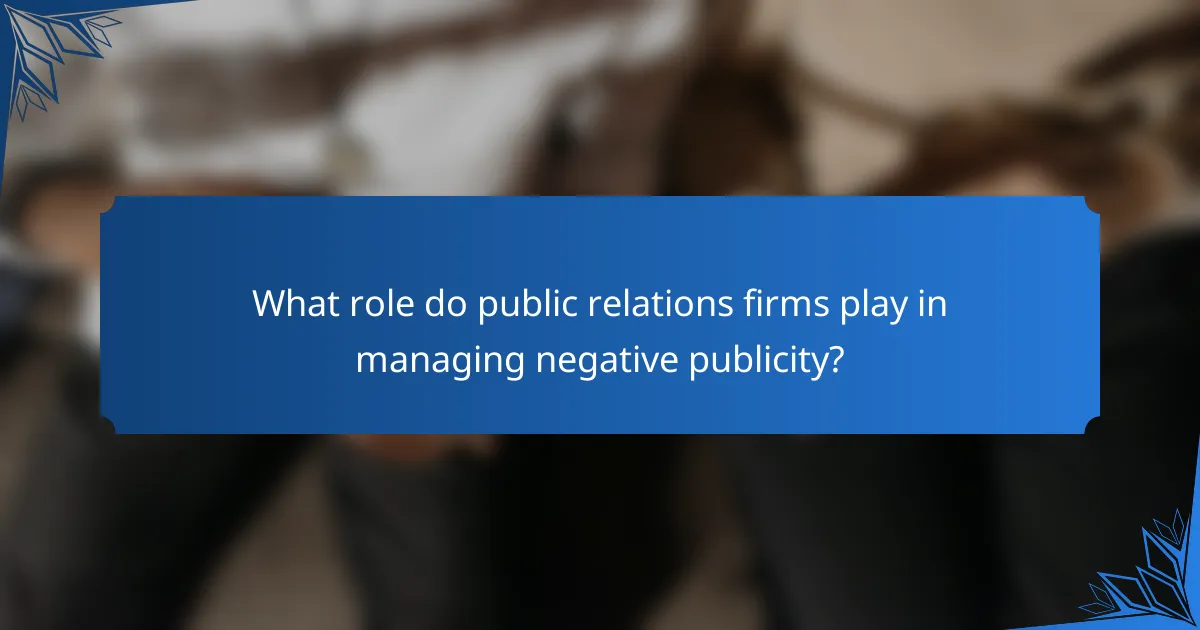
What role do public relations firms play in managing negative publicity?
Public relations firms are essential in managing negative publicity by developing strategies to mitigate damage and restore a brand’s reputation. They employ various techniques, including strategic messaging and media outreach, to address public concerns and reshape perceptions.
Crafting strategic messaging
Crafting strategic messaging involves creating clear, consistent, and targeted communication that addresses the issues at hand. PR firms work to identify key messages that resonate with the audience, focusing on transparency and accountability. For instance, a company facing backlash may issue a public apology while outlining steps taken to rectify the situation.
Effective messaging should be adaptable to various platforms, ensuring it reaches the intended audience through social media, press releases, and direct communications. It’s crucial to avoid jargon and maintain a tone that reflects sincerity and commitment to improvement.
Media relations and outreach
Media relations and outreach are vital for controlling the narrative surrounding negative publicity. PR firms establish relationships with journalists and influencers to facilitate accurate reporting and counter misinformation. This proactive approach can help ensure that the company’s side of the story is presented fairly.
Engaging with the media can include hosting press conferences, providing exclusive interviews, or issuing timely press releases. It’s important to be responsive and available for inquiries, as timely communication can significantly influence public perception during a crisis.

How does negative publicity affect consumer behavior?
Negative publicity significantly influences consumer behavior by altering perceptions and trust in a brand. When consumers encounter unfavorable information, they may reconsider their purchasing choices and loyalty to the brand.
Changes in purchasing decisions
Negative publicity can lead to immediate changes in purchasing decisions, often resulting in decreased sales. Consumers may avoid products or services associated with negative news, particularly if the information resonates with their values or concerns.
For example, a company facing allegations of unethical practices may see a drop in sales, as consumers opt for competitors perceived as more responsible. In some cases, this shift can be substantial, with declines ranging from single-digit percentages to over 30% depending on the severity of the issue.
Impact on brand loyalty
Brand loyalty is often compromised in the wake of negative publicity. Consumers who previously favored a brand may feel betrayed or disillusioned, leading them to switch to alternative options that align better with their expectations.
Restoring loyalty can be challenging and may require extensive efforts, such as transparent communication and significant changes in company practices. Brands that successfully address the issues and demonstrate commitment to improvement can gradually regain consumer trust, but this process can take months or even years.
